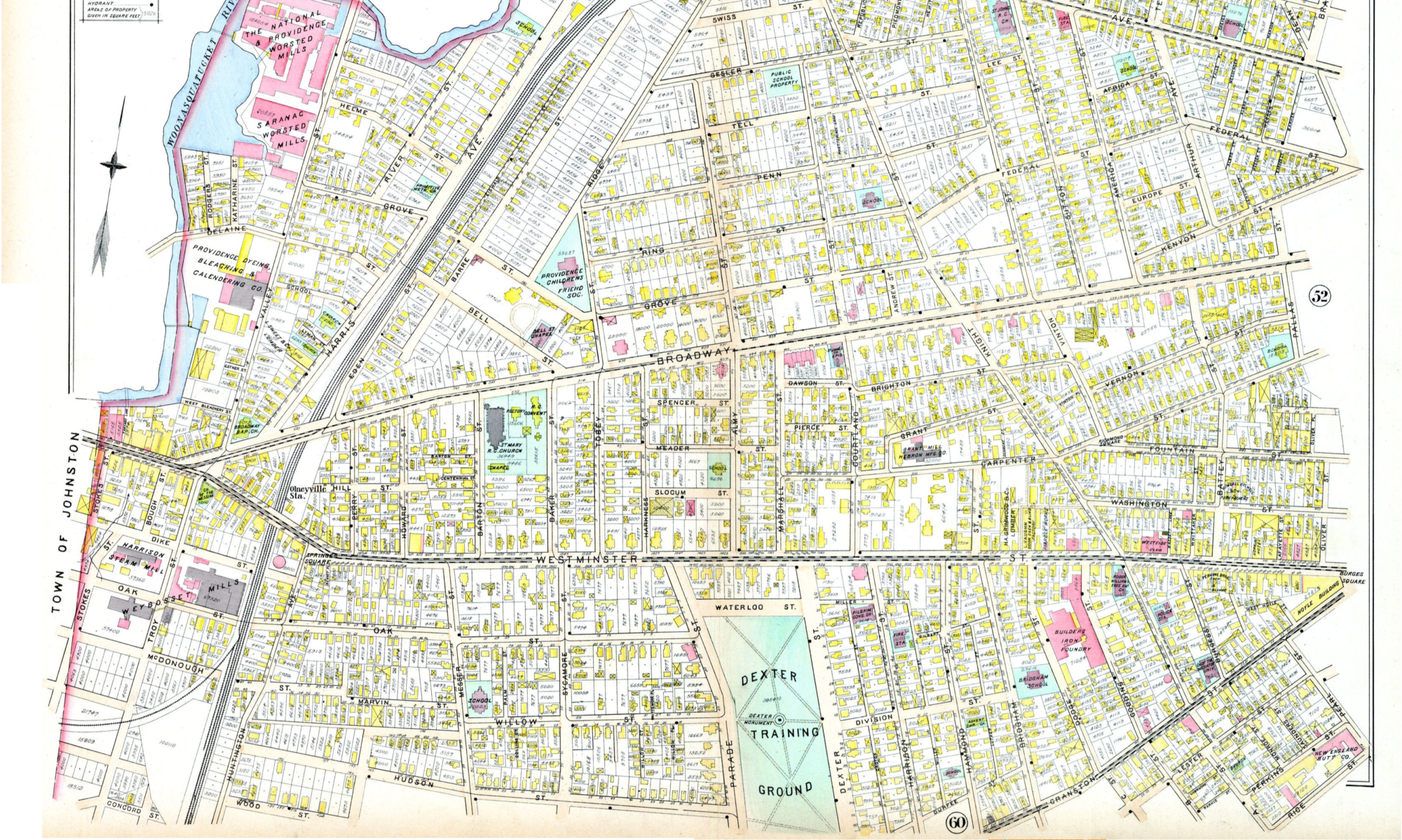I saw this evening an article from the Washington Post claiming that someone had “solved” gerrymandering by creating a computer program that algorithmically creates ideally compact redistricting based on Census data.
The title is a little presumptuous; there are so many other important factors besides compactness. But the general point I agree with: define congressional districts algorithmically, taking all the relevant factors into account. Here are some factors that redistricting needs to account for, in the rough order of importance:
- Equal population & using Census Block boundaries
- Compactness & Contiguity (all parts are connected to each other)
- Political competition (just the right amount)
- Creating majority minority districts where appropriate (the good kind of gerrymandering, to increase representation for underserved racial groups)
- Preservation of city and county boundaries
- Respect for “communities of interest” (fuzzy idea about geographic tribes, CoI’s need to make the case for their consideration in the process = lobbying)
- Incumbent protection
Equal population standards can be very strict, depending on the state. There are many ways of measuring compactness, but I feel it should probably include more consideration of travel time than one usually see; it’s usually “how close to a circle is the district”.
As for competition, theoretically a 50/50 district would lead to less polarization in Congress, which would be good. In practice, political parties will try to get about 55/45 or 60/40 for themselves so that they’re assured a win without wasting any votes. If a district is gerrymandered to go 80/20 for one party, that’s actually bad for that party because that’s 30% more of their voters in that district than necessary, and those voters could be helping elect someone from that part in a different district. Party identification is a less reliable way to measure political competition than actual election result data.
There are trade-offs in these criteria too. If you focus on competitiveness, you will have fewer majority minority districts. Because it’s very much like gerrymandering, focusing on majority minority districts will decrease compactness. Focusing on preserving city and county boundaries will decrease competitiveness and compactness. And respecting communities of interest is also likely to reduce competitiveness and compactness.
It would be great to have all of these factors determined algorithmically (even though computers are only as objective as the people who program them, and only as accurate as the data that they use) and then combined into composite redistricting maps weighing the factors according to their importance. You would have to set the relative importance of different criteria as variables that are adjustable by the user. Needless to say, it is more complicated than one algorithm designed to maximize compactness and equal population “solving” gerrymandering.
I used this great slideshow from the Redistricting Institute for a lot of the details contained here.








